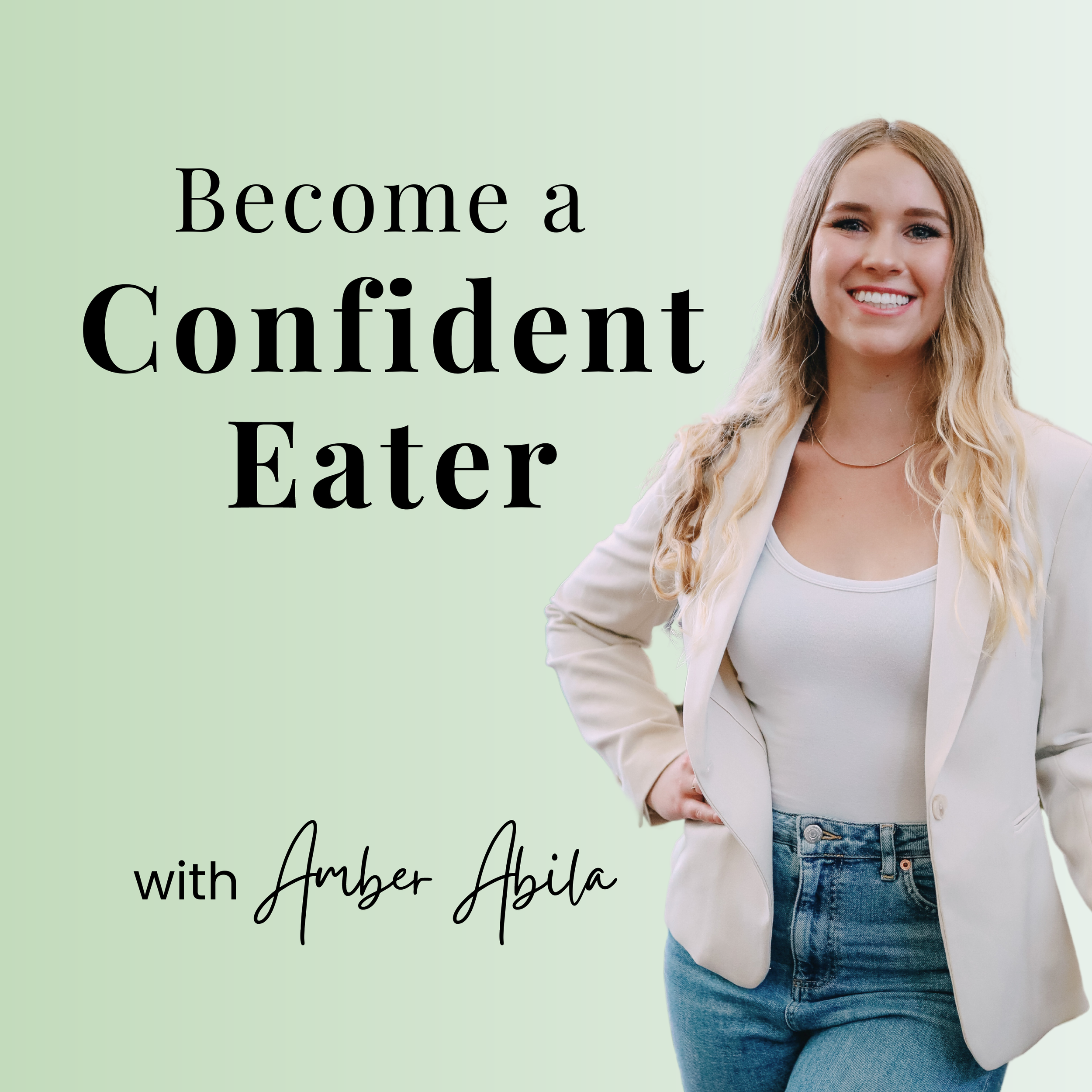Ep 53 - Simple Brain Hack to Eat Less Effortlessly
February 13,2025
Do you feel like you just want to eat more, more, more?
Today I’m sharing a quick and easy science-based technique to feel more satisfied with less.
I cover:
the research study done with m&m’s and visualization
how to apply this psychology to help you stop overeating and decrease excess desire for food
Why You Keep Wanting More
When it comes to overeating or binge eating, your lower brain (the part that runs on habit) often pushes you toward “just one more.”
Even though your higher brain knows 10 cookies or handfuls of almonds won’t feel good, the urge can feel overwhelming.
That’s where today’s simple technique comes in.
The Science of Habituation
Researchers have found that repeated exposure to food decreases our desire for it. This is called habituation.
The first bite of a pancake tastes amazing.
By the tenth bite, the pleasure is way less.
Your brain adapts to repeated stimuli. And here’s the fascinating part: studies show this also works with visualization.
The M&M Experiment
In one study, participants were split into two groups:
One group simply ate M&Ms from a bowl.
The other group visualized themselves eating 30 M&Ms—imagining reaching into the bowl, chewing, swallowing, and repeating the process.
Result?
The group that visualized eating actually consumed 50% fewer M&Ms than the group that didn’t.
Their brains registered the imagined eating as if it had partly “already happened.”
This effect has been replicated with other foods, like cheese cubes, too.
How to Use Visualization to Reduce Cravings
Here’s how to try it yourself the next time a craving hits:
Pick the food you’ve been wanting “more and more” of.
Close your eyes (or keep them open if you’re out walking/driving).
Imagine taking a bite, not just the taste, but the whole process: biting, chewing, swallowing, feeling it go down.
Repeat the visualization several times as if you were really eating it.
Notice how your desire for that food shifts—often, you’ll want much less (sometimes none at all).
The key is to focus on the mechanics of eating (chewing, swallowing, food disappearing) instead of fantasizing about how delicious it tastes.
Why This Works
Your unconscious brain doesn’t fully distinguish between real and vividly imagined experiences.
That’s why:
A made-up argument in your head can leave you fuming.
A vividly imagined meal can actually reduce cravings in real life.
By practicing this, you retrain your brain to feel satisfied sooner—without restriction or rules.
Try This Hack Today
Next time you’re hit with an intense craving, pause and try this visualization exercise. The more you practice, the more natural it will feel—and the easier it becomes to stop overeating.
If you’re tired of battling cravings on your own, this is exactly the kind of brain-based strategy we use inside my Confident Eater Program. Together, we work on rewiring your thoughts so food feels easy, natural, and finally under your control.
